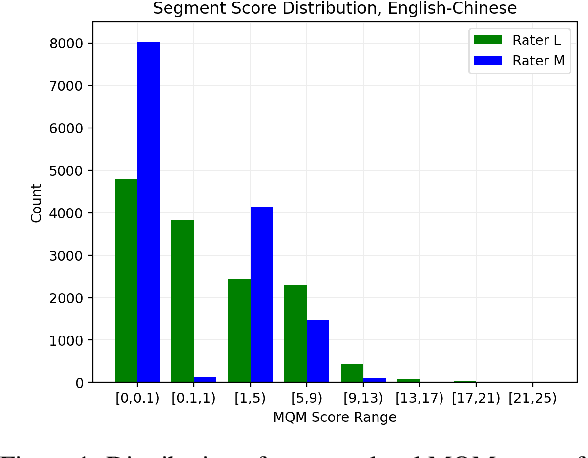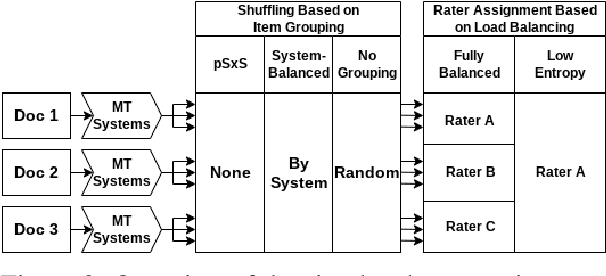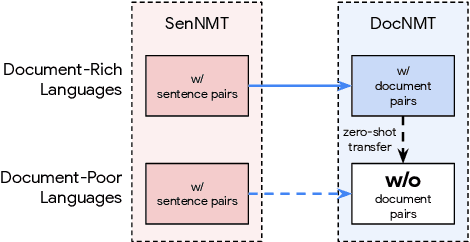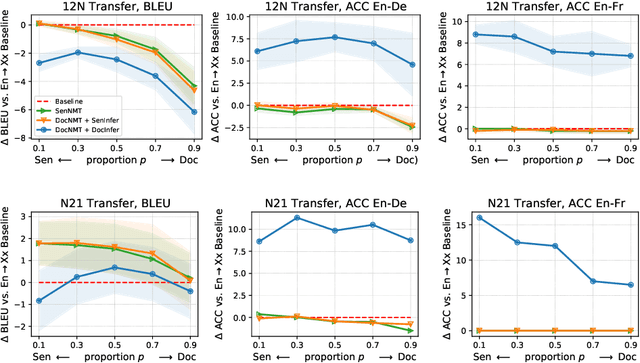Ali Dabirmoghaddam
Finding Replicable Human Evaluations via Stable Ranking Probability
Apr 01, 2024



Abstract:Reliable human evaluation is critical to the development of successful natural language generation models, but achieving it is notoriously difficult. Stability is a crucial requirement when ranking systems by quality: consistent ranking of systems across repeated evaluations is not just desirable, but essential. Without it, there is no reliable foundation for hill-climbing or product launch decisions. In this paper, we use machine translation and its state-of-the-art human evaluation framework, MQM, as a case study to understand how to set up reliable human evaluations that yield stable conclusions. We investigate the optimal configurations for item allocation to raters, number of ratings per item, and score normalization. Our study on two language pairs provides concrete recommendations for designing replicable human evaluation studies. We also collect and release the largest publicly available dataset of multi-segment translations rated by multiple professional translators, consisting of nearly 140,000 segment annotations across two language pairs.
Multilingual Document-Level Translation Enables Zero-Shot Transfer From Sentences to Documents
Sep 21, 2021



Abstract:Document-level neural machine translation (DocNMT) delivers coherent translations by incorporating cross-sentence context. However, for most language pairs there's a shortage of parallel documents, although parallel sentences are readily available. In this paper, we study whether and how contextual modeling in DocNMT is transferable from sentences to documents in a zero-shot fashion (i.e. no parallel documents for student languages) through multilingual modeling. Using simple concatenation-based DocNMT, we explore the effect of 3 factors on multilingual transfer: the number of document-supervised teacher languages, the data schedule for parallel documents at training, and the data condition of parallel documents (genuine vs. backtranslated). Our experiments on Europarl-7 and IWSLT-10 datasets show the feasibility of multilingual transfer for DocNMT, particularly on document-specific metrics. We observe that more teacher languages and adequate data schedule both contribute to better transfer quality. Surprisingly, the transfer is less sensitive to the data condition and multilingual DocNMT achieves comparable performance with both back-translated and genuine document pairs.
 Add to Chrome
Add to Chrome Add to Firefox
Add to Firefox Add to Edge
Add to Edge